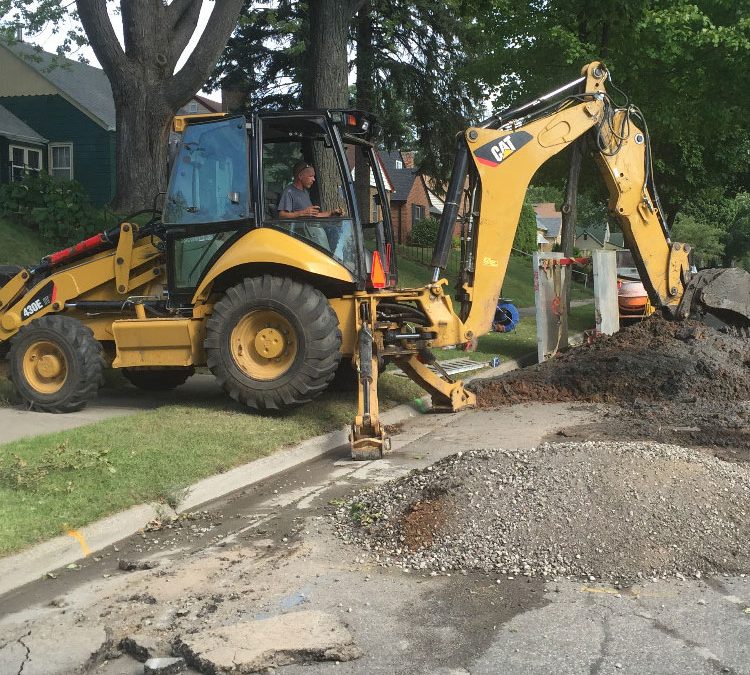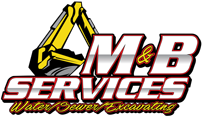
This topic seems obvious to a trained and licensed plumber, but recalling our first days of apprenticeship training, it may not be obvious to a beginner.
Pipes are referred to as “conveyances.” This is due to the fact that they transport liquids and solids from one location to another.
SEWER LINES
Sewers are designed to transport any type of waste from a location where it is unwanted to a location where it can be treated or disposed of. The sewer lines in your home are referred to as “building drains” and those outside your home as “house drains.” For the purposes of this article, “sewers” will suffice.
Your sewage pipes transport solid waste and grey water waste to either a public sewage treatment facility or a private sewage treatment system, such as a septic system. They can be constructed from a variety of materials, including cast iron, galvanized steel, PVC plastic, ABS plastic, vitrified clay, and others.
What then is waste? The most apparent to the majority of people is water and waste from a toilet.
Additionally, the filthy dishwater from the kitchen sink. Other less obvious forms of waste include water from washing paintbrushes and washings from the washing machine. Or through a shower or toilet drain.
All of these different types of waste water are categorized as sewage and are required by state plumbing codes to be transported through sewer lines for treatment.
An important distinction is the classification of waste water as “clear water waste.” This would include water produced by air conditioners, line humidifiers, and coil coolers. In the states we service, these wastes do not require treatment and are therefore not required to be disposed of through a sewer line. These may be directed to a sump or other ground water collection system and directly discharged back into the storm water drainage system.
WATER LINES
In contrast, water lines are a much more “pleasant” topic. These pipes, known in the industry as “potable water lines,” transport clean water from private wells or municipal suppliers to your home or building. Generally, a water meter will be installed at the point where municipally supplied water enters a building. A private well system will have a pressure tank and switch at the building’s water entry point.
These lines must be safeguarded against contamination and cross-connection with sewer lines.
Generally, water lines in your home deliver water to areas where it is needed and useful. As well as sinks for washing hands and dishes, water heaters, hose faucets for watering, drinking and cooking faucets, and, of course, toilets for removing waste.
Water lines and fittings are available in a variety of materials, and all must be approved by the state plumbing code authorities. Copper, brass, plastics such as pex or polyethylene, galvanized steel, stainless steel, and material combinations are examples of materials. Obviously, lead and other dangerous substances are prohibited and cannot be installed by a licensed plumber.
State laws protecting the potable (safe) water in your home or building require the use of a State-Licensed Plumber. There are a large number of products available at home centers and hardware stores that DO NOT conform to code and, in some cases, can actually increase the likelihood that your building’s water supply will become contaminated.
The law protects you from such products by mandating that only state-licensed plumbers perform plumbing work. In a peculiar quirk, it is not illegal for a store to sell non-code-approved (illegal) plumbing supplies. A licensed plumber would be aware of the problems associated with these materials and would never consider installing them in your home; as a result, you and your water system are protected.
Yes! M&B Services is available 24/7 if you require the assistance of a licensed plumber for minor or major repairs, sewer rodding, or the installation of any faucets or fixtures. It would be our pleasure to assist you!
